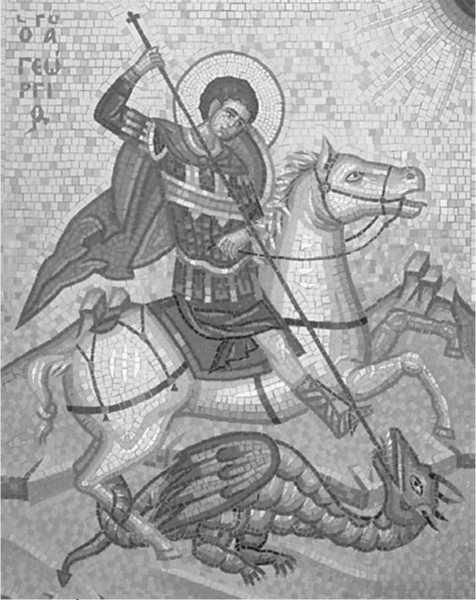The system of law practiced by the Germanic tribes of Europe in the 400s and 500s often demanded trial by ordeal. This meant that in order to prove his innocence, the accused had to walk over hot coals, stand with his arms outstretched for long hours, or endure some other form of torture. If the person was innocent, the logic went, he would be able to withstand these pains.
Sometimes the reasoning was even more twisted—and deadly. In some scenarios, the accused would be bound hand and foot and thrown into a river. A priest prayed that the water would reject the evildoer, meaning that if a person drowned, he was innocent. Those who survived, on the other hand, were guilty—and therefore were executed. Another form of ordeal was trial by combat. Accused and accuser underwent hand-to-hand combat, and whoever survived was judged the innocent party. The only advantage to this system was that it probably kept down the number of false or petty accusations.
Would establish the first significant Western European kingdom of the Middle Ages, the Merovingian (mair-oh-VIN-jee-un) dynasty.
The church
The north was on the rise, but Italy still had a few things going for

St. George, patron saint of England, is usually depicted as he is here: on horseback, slaying a dragon. Reproduced by permission of the Corbis Corporation.
It—in fact, two big things. There was the legacy of the Roman Empire on the one hand, and on the other hand the spiritual empire of Christianity, led by the pope. to Constantine, the church had become tied to the Western Roman Empire, and with the fall of the latter, popes had increasingly taken on the Roman emperors' role as leaders of Western Europe. Popes drew their power in part from the influence of Christianity, but to a perhaps greater extent from the thousand-year influence of Rome. No doubt the apostles
Peter and Paul would have been shocked to see this alignment between the church they had helped establish and the empire that had killed them; but much had changed in the five centuries since their time.
The Bible's New Testament had referred to all Christians as "saints," but by the a. d. 100s, believers in Rome and elsewhere had come to recognize certain figures as special. These people were canonized, or formally declared as saints, and thenceforth referred to as such—for example, "St. Peter." By the year 1000, there were more than 25,000 saints.
The saints would eventually come to be worshiped in their own right, complete with pictures and statues representing them, a practice that recalled Roman paganism. Just as there had been a god assigned to nearly every town and every profession— for instance, Vulcan was the god of blacksmiths—now there was a patron saint for each. Later, as nations emerged during the High Middle Ages, each would have its own patron saint; for instance, St. George was England's patron saint.




 World History
World History









